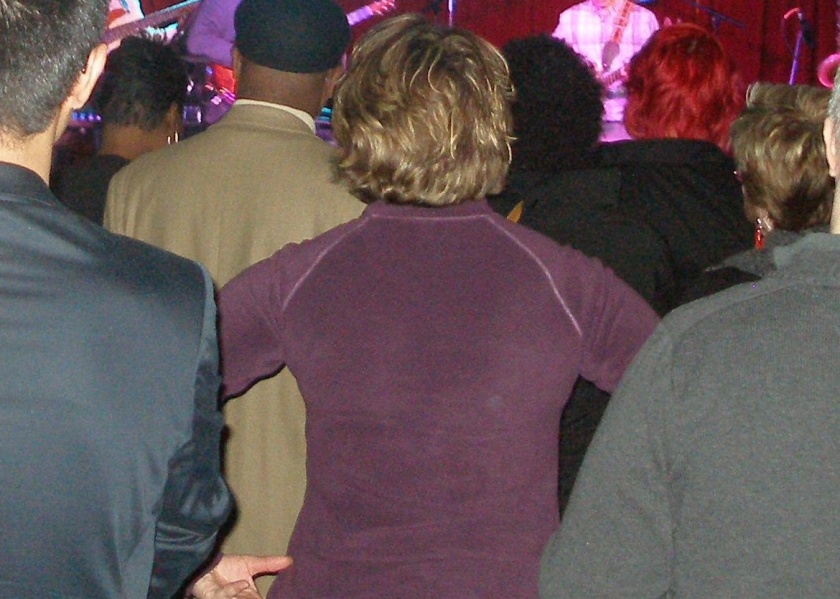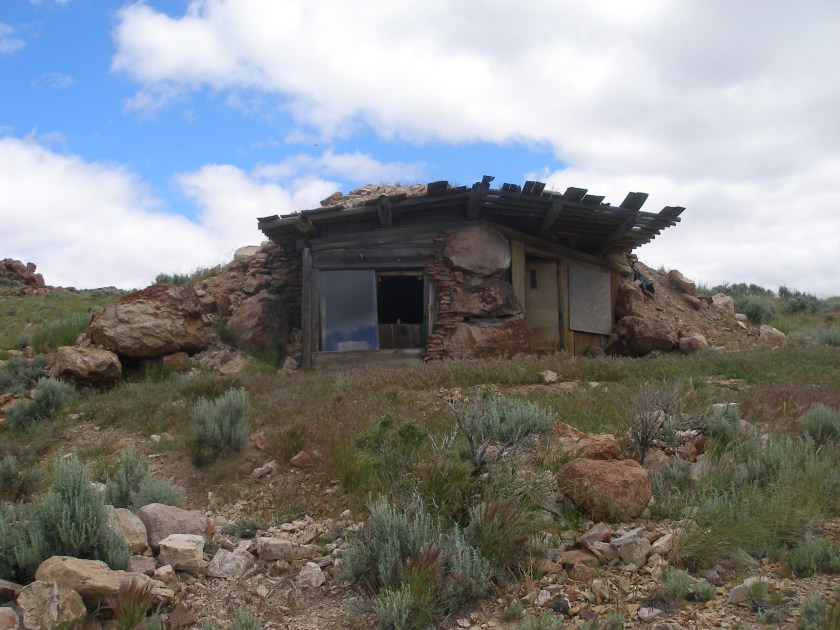
The relationship in the photo above contrasts with audience challenges bloggers face. The diverse and attentive group at that concert was interacting in real time with the musicians.
I suspect that bloggers’ audience issues would be different if the advertising-based business model that underlies so much of what goes on in the internet did not apply. As Noah Kulwin explains in an New York Magazine article published on April 4th, 2018, “The Internet Apologizes for Corrupting our Elections, Violating Our Privacy and Hijacking Our Attention;” “To avoid charging for the internet – while becoming fabulously rich at the same time – Silicon Valley turned to advertising. But to sell ads that target individual users, you need to grow a big audience – and use advancing technology to gather reams of personal data that will enable you to reach them efficiently.”(p. 30)
“Likes” used on social media and blogs provide an incentive for doing the work of attracting an audience to see ads. According to the New York Magazine article Likes were intentionally used to modify behavior and it worked – we all like being liked.
But liking some things implies we like other things less. It also validates the idea of making snap judgments. What about structures that reward exploring, gaining a broader perspective or a deeper understanding? As discussed in the BBC broadcast interview on “How Do We Build a Better Internet,” emoticons are actually cultural engineering as they tell us what responses are appropriate.
In Braving the Wilderness, the Quest for True Belonging and the Courage to Stand Alone, Brene Brown discusses what is at stake in fostering “in crowd” / “out crowd” thinking: “Because so many time-worn systems of power have placed certain people outside the realm of what we see as human, much of our work now is more a matter of ‘rehumanizing’. That starts in the same place dehumanizing starts – with words and images. Today we are edging closer and closer to a world where political and ideological discourse has become an exercise in dehumanization. And social media are the primary platforms for our dehumanizing behavior.” (p. 74)
Another major issue is that bloggers may have little or no information about someone who reads their blogs. I find the idea of “lurkers” unsettling, especially given bloggers tend to use a conversational tone to share what is of personal interest to them.
In my writing, photography and workshop consulting work, when I am successful at connecting with a client around our common interest in a resource for wellbeing, it often leads to lasting friendship. Considering lurkers on this blog as potential friends feels like a natural thing to do and imaginary ideal friendships can be quite rewarding. After all, they do not require the sometimes emotionally demanding work involved with real friends. Researchers have found that close friends actually do have many similarities including how they react to videos so sharing personal information might feel safe.
However, while it might serve advertisers interests, sharing openly with strangers can have a huge cost. Andres Lustigman and Jonathan Ezor discuss some of what can happen without mindfulness of the risks, “Blogging A World Audience, And A World of Potential Problems.”
As media studies expert Nancy Baym explains in Personal Connections in the Digital Age, “most of the questions surrounding personal connections people form and maintain through digital media derive from the sparse social clues that are available to provide further information regarding the context, the meanings of messages, and the identities of the people interacting” (p. 9). Fear may make communication limited or superficial. On the other hand, attempting to bridge the intimacy gap or to enhance popularity by over sharing can lead to serious harm that potentially affects many as we learned with the Facebook scandal.
Because of how search engines work, blogs can attract a community that reinforces and amplifies views held in common (including harmful erroneous ones) in an echo chamber without reality checks. On the other hand, if disagreements arise, comment management can be demanding. Nancy Baym notes in her book referenced above, “The lack of social presence and accountability in a reduced-cues medium is seen by some as a platform for launching attacks.” (p. 66)
I find an amazing contrast between the simple joy and freedom of creating a blog post, and what is actually going on behind the scenes. It is not just about psychological tendencies taken advantage of, or economic business models, or technological innovation, or power to control online tools and data concentrated in the hands of a very small number of companies. There can be cultural, political, social, and other factors because this is about how humans behave given the tools to connect with and track each other.
This is the reality we face in our world today. As Jason Lanier who worked at Atari and Microsoft explains in the New York Magazine article cited earlier, “We wanted everything to be free, because we were hippie socialists. But we also love entrepreneurs, because we loved Steve Jobs. So, you want to be both a socialist and a libertarian at the same time, which is absurd…We disrupted absolutely everything: politics, finance, education, media, family relationships, romantic relationships. We won – we just totally won. But having won – we have no sense of balance or modesty or graciousness.” (p. 29)
We face information overload, complexity, stress, and high demands on increasingly limited attention spans. In Mindful Tech, How to Bring Balance to Our Digital Lives, Professor David Levy suggests we need to stop and think about how we are using our online tools and the effects they are having on us. Do we really want to exacerbate this stress and its power to feed our worst tendencies? In a blog post posted to Net Critique on March 27, 2018 –
“Distraction and its Discontents – Ebbs and Flows in Social Media Sensibility,” Geert Lovink contrasts the sick-making drain of our online compulsions with the relaxed open-ended exploratory conversation that is possible when “sitting next to each other in a café.”
If more and more of our social needs are being “met” online in what are ultimately unsatisfying and dangerous ways, we are at risk of ignoring the genuine resources for wellbeing we have available to us, not least of which are truly trusting and caring relationships. Are we undermining our ability to even recognize all the genuine resources for wellbeing that are there or their potential to make our lives much more fulfilling?
There is a positive side to this situation if we can bring wisdom to what we face. Not knowing our audience as full individuals or how what we put out there online might be used may force us to face ourselves, what we understand to be important, and what the universe is asking of us. The amplification effect of the internet can also show us what we are capable of as a species including what we might choose to ignore to our peril. Somewhere in all that is also the opportunity to reflect on aspects of human thriving worth protecting. Blogs and other forms of online sharing, for all their issues, are bearing witness to the great human adventure as we attempt to find our way.







 This last photo by Linda Stephenson is a favorite of mine.
This last photo by Linda Stephenson is a favorite of mine.